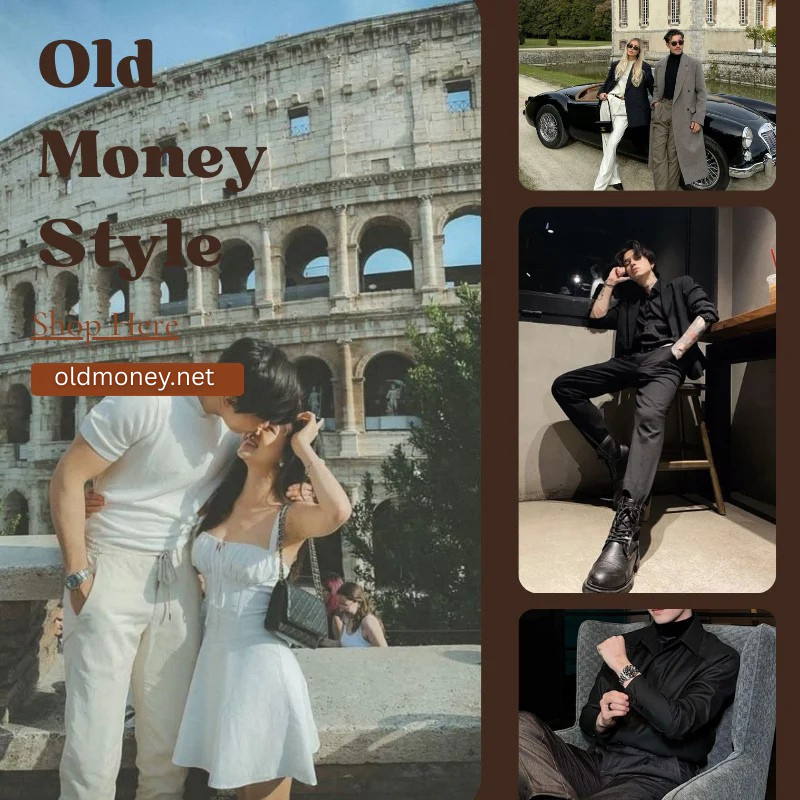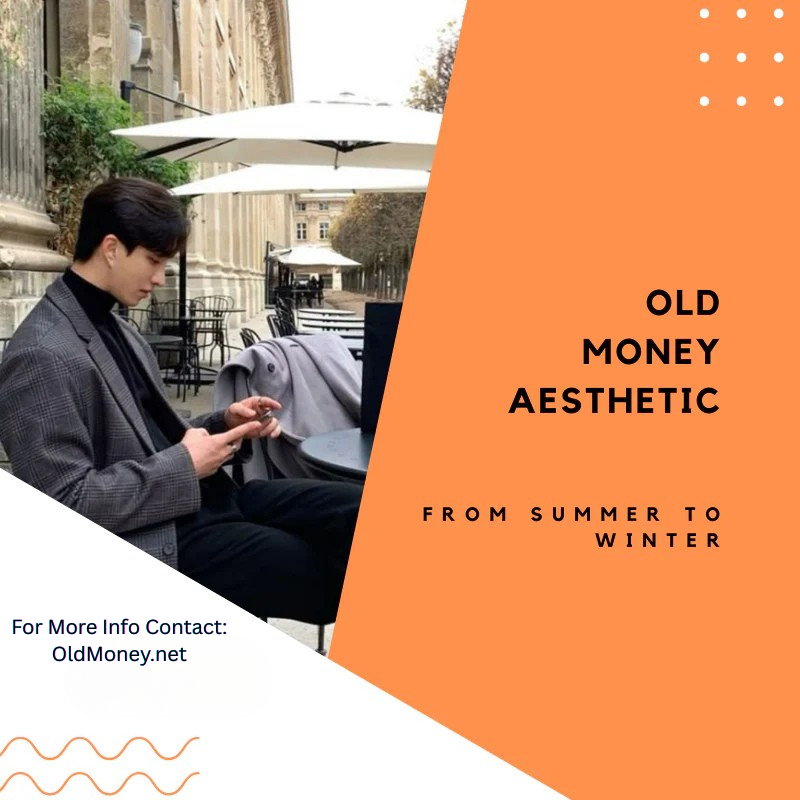
What Is Considered Old Money
Old money is wealth that has flowed through the same families for generations—capital strong enough to survive wars, recessions, and changing fashions. Think Rockefellers, Rothschilds, or the first families of Virginia.
These dynasties did not simply strike it rich; they built systems—trusts, estates, and private partnerships—that protect assets from taxes, inflation, and risk. The term often shows up opposite nouveau riche or new money, fortunes made in a single lifetime.
Wikipedia defines old money as the “class of the rich who have been able to maintain their wealth across multiple generations.” (Wikipedia)
Why does the distinction still matter in 2025? Because an estimated $84 trillion in U.S. assets will pass from baby boomers to heirs by 2045, cementing a fresh wave of inherited fortunes. (Wikipedia) Understanding old-money habits can help anyone—whether you inherit a trust or earn a paycheck—handle wealth with quiet confidence. Below, we break down the concept into six parts: origin of funds, social markers, investment style, philanthropy, fashion cues, and how you can borrow the best practices today.
1 | Origin of Funds: Slow, Compound Growth
Old money rarely starts with lottery wins or crypto spikes. Instead, fortunes grow through:
-
Land and Real Estate – Early American gentry bought acreage that later sat under cities. Rents still roll in.
-
Blue-Chip Equities – Railroads in the 1800s, consumer staples in the 1900s, broad-market ETFs today.
-
Private Enterprises – Family-owned banks, distilleries, publishing houses.
-
Compound Interest – Generations reinvest dividends; gains snowball quietly.
The slow-build approach lets heirs weather market crashes. It also breeds a “don’t touch the principal” mindset that favors long-term capital preservation over flashy bets.
2 | Social Markers: How Old Money Signals Status
Old-money families communicate more through absence—absence of logos, of loud self-promotion, of frantic consumption. Classic markers include:
-
Education Networks – Legacy admissions to Ivy League or Oxbridge colleges.
-
Cultural Capital – Comfort with art auctions, chamber music, or fox hunting.
-
Speech & Manners – Understated diction, soft voice, handwritten thank-you notes.
-
Philanthropic Boards – Museum or hospital trusteeships instead of hashtag activism.
These signals travel quietly but carry weight inside their social circles.
3 | Investment Playbook: Preserve, Then Grow
|
Strategy |
Old-Money Rationale |
|
60 % Core Bonds & Blue Chips |
Income for heirs, low volatility |
|
20 % Private Equity / Property |
Inflation hedge, family control |
|
10 % Opportunistic Growth |
Tech or emerging markets, but size-limited |
|
10 % Cash & Gold |
Liquidity for downturns, estate taxes |
Spending comes from yields, never principal. Family offices review these allocations quarterly, but turnover stays low.
4 | Philanthropy: Quiet Impact Over PR
Old money seldom splashes giant novelty checks on social media. Instead, it endows scholarships, funds hospital wings, and supports opera houses—projects that outlive any press cycle. Gifts often arrive anonymously or under a centuries-old foundation name. The goal is legacy, not headlines.
5 | Dress Code: Quiet Luxury in Practice
Clothing may be the quickest way outsiders spot old money. Signature traits:
|
Item |
Key Details |
Why It Fits the Mold |
|
Oxford Shirt |
Heavy cotton, roll collar, no stretch |
Ages gracefully, survives weekly wash |
|
Tweed Jacket |
Half canvas, patch pockets |
Country roots, hides wear |
|
Flannel Trouser |
Side adjusters, cuffed |
Tailored but relaxed |
|
Loafers / Brogues |
Goodyear welt, calfskin |
Resole instead of replace |
|
Subtle Accessories |
Horn buttons, signet rings |
Craftsmanship over logos |
Build the look:
-
Stock robust Oxfords and linen band-collars in our Old Money Shirts edit.
-
Mix stone chinos and charcoal flannels from Old Money Pants collection.
-
Finish with calfskin loafers and to understated belts found in Old Money Accessories view here.
Seasonal Snapshot
-
Summer: White linen shirt, cream chinos, suede loafers.
-
Autumn: Tattersall button-down, olive merino crew, tweed sport coat.
-
Winter: Navy cashmere roll-neck, charcoal overcoat, leather Chelsea boots.
-
Spring: Blue OCBD, grey birds eye blazer, white sneakers (minimal).
6 | Common Misconceptions
|
Myth |
Reality |
|
Old money = snobbish. |
Good breeding emphasizes courtesy; flashiness is frowned upon. |
|
Old money is spent lavishly. |
Big outlays go to assets or philanthropy, not trends. |
|
All heirs are trust-fund layouts. |
Many run family foundations or sit on corporate boards. |
Understanding the nuance helps avoid stereotypes and learn useful habits.
7 | Can You Cultivate an Old-Money Mind-set? Yes.
-
Buy Fewer, Better Things – Quality shoes and coats cost less per wear than fast fashion.
-
Maintain & Repair – Resole footwear, hand-wash cashmere, tailor shirts.
-
Invest Long Term – Automate index-fund buys; ignore daily price noise.
-
Practice Discreet Generosity – Tip well, donate quietly, mentor without posting it.
-
Learn Continuously – Read history, attend gallery talks, write thank-you letters.
These habits build a reputation for steady competence—the social currency of old money.
8 | Why Old-Money Values Matter in 2025
As the Great Wealth Transfer hands trillions to heirs, society will scrutinize how new custodians spend and invest. Old-money practices—living below means, gifting to institutions, avoiding conspicuous consumption—offer a blueprint for sustainable affluence in an age of climate concern and social-media overexposure.
9 | Quick Checklist: Do You Signal Old Money?
-
Natural fabrics, muted palette
-
Shoes polished but not pristine—patina proves history
-
No overt logos; hardware kept matte
-
Financial focus on assets, not liabilities
-
Conversational ease in diverse settings
-
Philanthropy measured in decades, not news cycles
Score 5 / 6 and you’re on the path.
Conclusion
Old money is less about the size of a bank account and more about stewardship: of capital, community, and personal presentation.
By choosing durable clothes, investing patiently, and giving quietly, anyone can borrow the best qualities of multigenerational wealth—no inheritance required.
Start with foundational garments from the Old Money Shirts, Old Money Pants, and Old Money Accessories collections at RealOldMoney.com, and build a wardrobe—and a life—that ages as gracefully as the fortunes that inspired it.



